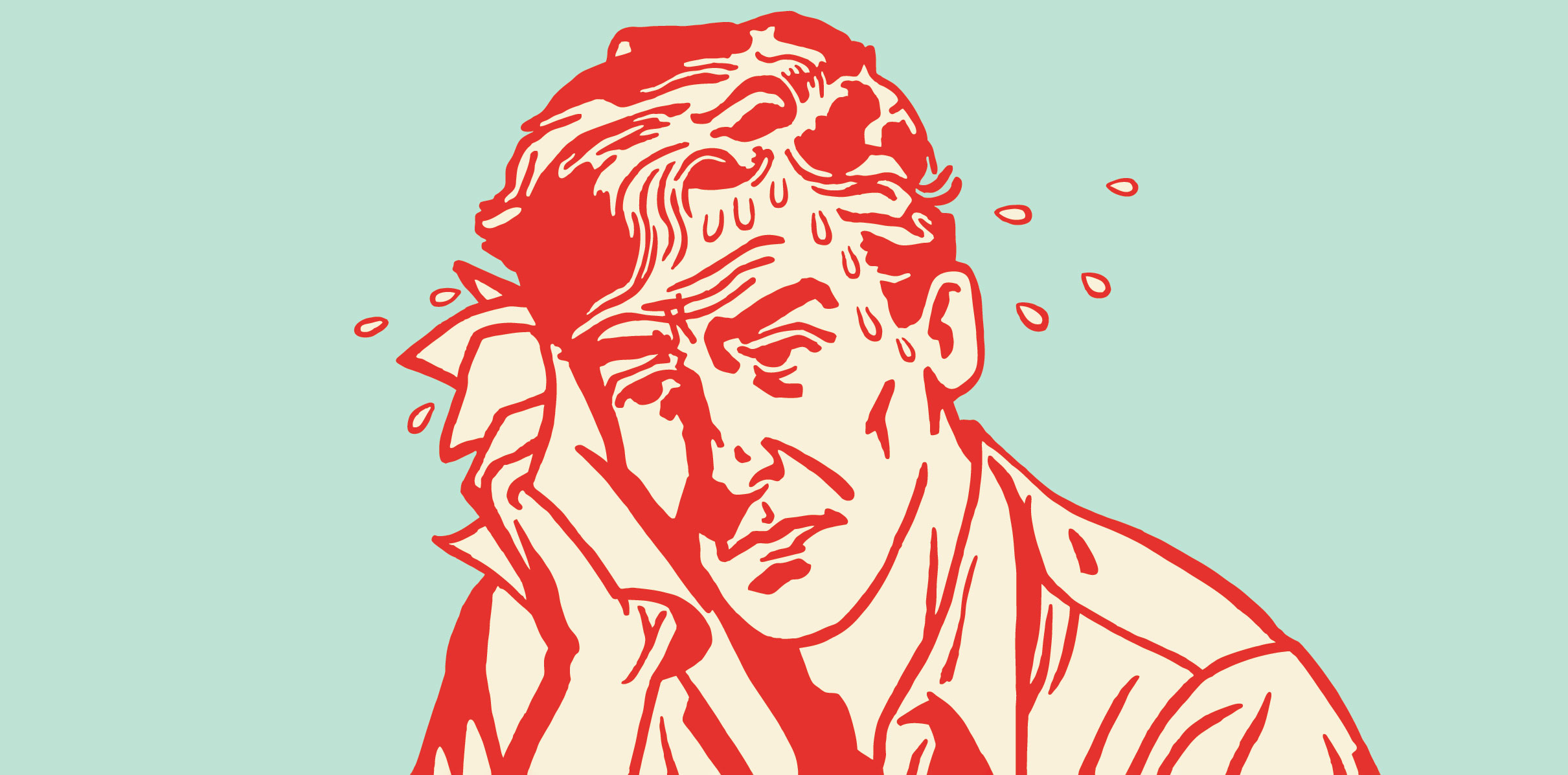Warming will hurt health and worsen the doctor drought in parts of Australia. But there are things we GPs can do right now.
As the climate continues to change, we need to be prepared as medical professionals for how this will influence our practice. Indeed, these issues are already in front of us.
The extreme weather events induced by climate change affect health in myriad ways.
Heatwaves and episodes of extreme heat can lead to an increase in dehydration, heat stress, heat stroke, and death. This particularly affects those over the age of 65 and those with pre-existing medical conditions. Alongside this is the effect on outdoor sport and physical activities, and labour capacity in many industries, such as construction.
Bushfires can cause morbidity and mortality from burns, trauma, heat stress, dehydration, and dangerous levels of air pollution leading to exacerbation of lung diseases or even asphyxiation. The 2019-2020 fires are estimated to have caused 445 deaths and 4000 hospitalisations.
Drought can lead to more airborne and water-borne diseases, worsening of air quality, and compromised food and nutrition.
Cyclones and flooding can cause injury and death from drowning, or trauma (from things like falls or debris). Their aftermath can include a rise in mosquito-borne diseases and communicable diseases such as leptospirosis, gastrointestinal illness, and mould inhalation.
Climate change can cause an increase in mosquito-borne diseases due to changes in temperature, rainfall, and humidity, and the greater likelihood of cyclones and flooding. This may result in arboviruses becoming a serious public health threat in Australia in the future. At least 75 arboviruses have been identified in Australia, including Ross River virus – the country’s most common arbovirus infection – dengue fever, and Barmah Forest virus. These viruses can be potentially life-threatening (such as Murray Valley encephalitis virus) and cause post-viral symptoms that may last more than a year.
First Nations people already suffer from an increased health burden, high unemployment, and overcrowded housing. These factors increase the vulnerability and decrease the adaptive capacity of Indigenous Australians to all impacts of climate change. This has been demonstrated in Central Australia, where heatwaves and water stress have affected Aboriginal communities. Climate change also threatens the availability of traditional food sources and local remote community water supplies, as well as ground water-dependent sacred sites.
Some First Nations people fear they may become Australia’s first climate refugees.
Predictably, climate change is associated with a heightened risk of socioeconomic impacts, and mental health issues such as depression, anxiety, substance abuse, and PTSD.
We must also consider how climate change will affect Australia’s medical workforce. In places like the Northern Territory, there is already difficulty in attracting and retaining health professionals. This may become much more difficult over time, leaving communities who already struggle to access timely healthcare due to doctor shortages even worse off, and the doctors working in these locations increasingly over-burdened.
So what is to be done? As GPs there are many things we can, and should, do.
We need to identify our patients who are especially vulnerable to the heat and ensure they have appropriate self-management plans. This also pertains to those in other extreme weather event-prone areas. We should check that patients have access to the necessary disaster, weather, and public health warnings.
We should educate our patients and our local communities wherever possible on the knowledge we have on this issue, and similarly encourage “earth-friendly” behavioural changes, from eating less meat and highly processed foods, to using active transport. Having said that, we have a duty to practice what we preach, by implementing these changes in our personal lives and workplaces.
The health sector contributes 7% of Australia’s total emissions. To address this large carbon footprint, numerous practices and hospitals around Australia are reducing energy usage and creating energy-efficient buildings, minimising waste, recycling and composting, and addressing opportunities for new technologies.
Doctors for the Environment Australia have described in their 2020 report how the Australian healthcare sector can achieve net zero emissions by 2040.
GPs can also do their part by changing their prescribing habits. For instance, the hydrofluorocarbons contained in metered dose inhalers are a noted contributor to greenhouse gas emissions. Some researchers estimate that replacing even 1 in 10 MDIs with a more environmentally friendly alternative (dry powder inhalers) would decrease carbon dioxide equivalent emissions by 58 kilotonnes.
Appropriate medication rationalisation and prescription minimisation have the potential to make a big difference (to both patient and environment!).
And of course, doing what we do best, which is maintaining our focus on prevention and health promotion, is key to a sustainable health sector. Advocating for greater investment into primary care, low-carbon interventions, and community care models (including social prescribing), shifts healthcare to address patient issues before they need tertiary level interventions. At the end of the day, a healthy patient is an environmentally friendly one.
We need to ensure our clinics are fully prepared for relevant disasters, be they cyclones or bushfires, engaging with local stakeholders to create pragmatic response plans. GPs should be central to disaster relief.
Lastly, we must not forget that our voices matter. We have earned our medical qualifications and the right to speak as trusted authorities on this topic. We should use this in advocating both individually and collectively for change, at every level of government.
It can be easy to feel despondent when thinking about the future. This is understandable, but in my opinion unnecessary. The fight to save our planet will never stop being fought. Much is already being done and the environmental movement has never been more prominent or powerful. The future is not yet set in stone.
There is always hope. This I know for sure.
Dr Brooke Ah Shay is a GP in Maningrida in Arnhem Land, and the Northern Territory Chair of Doctors for the Environment Australia






